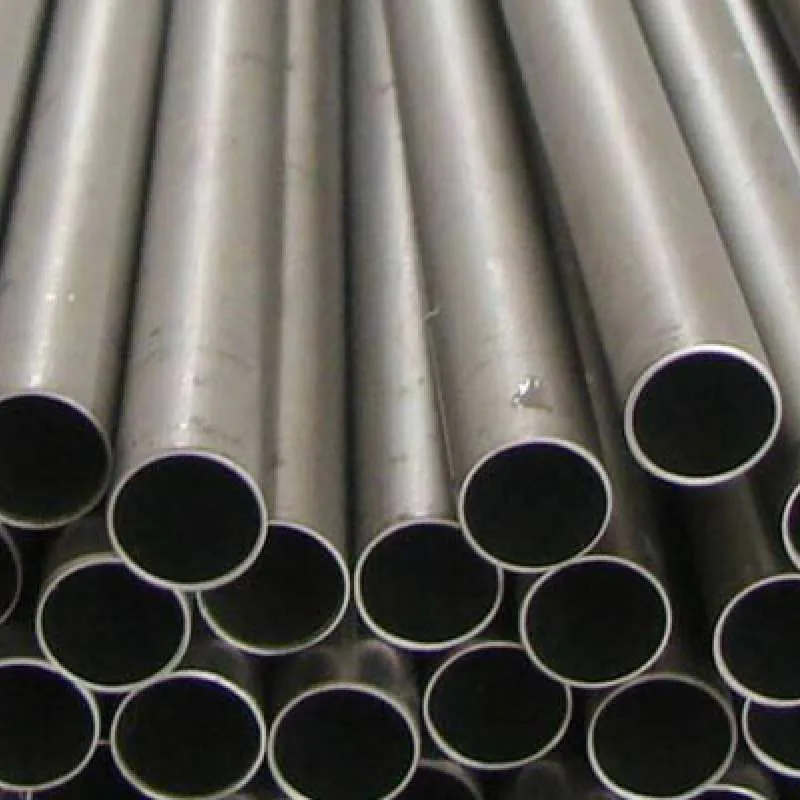-
Cangzhou Yulong Steel Co., Ltd.
-
Phone:
+86 13303177267 -
Email:
admin@ylsteelfittings.com
- English
- Arabic
- Italian
- Spanish
- Portuguese
- German
- kazakh
- Persian
- Greek
- French
- Russian
- Polish
- Thai
- Indonesian
- Vietnamese
- Zulu
- Korean
- Uzbek
- Hindi
- Serbian
- Malay
- Ukrainian
- Gujarati
- Haitian Creole
- hausa
- hawaiian
- Hebrew
- Miao
- Hungarian
- Icelandic
- igbo
- irish
- Japanese
- Javanese
- Kannada
- Khmer
- Rwandese
- Afrikaans
- Albanian
- Amharic
- Armenian
- Azerbaijani
- Basque
- Belarusian
- Bengali
- Bosnian
- Bulgarian
- Catalan
- Cebuano
- China
- China (Taiwan)
- Corsican
- Croatian
- Czech
- Danish
- Esperanto
- Estonian
- Finnish
- Frisian
- Galician
- Georgian
- Kurdish
- Kyrgyz
- Lao
- Latin
- Latvian
- Lithuanian
- Luxembourgish
- Macedonian
- Malgashi
- Malayalam
- Maltese
- Maori
- Marathi
- Mongolian
- Myanmar
- Nepali
- Norwegian
- Norwegian
- Occitan
- Pashto
- Dutch
- Punjabi
- Romanian
- Samoan
- Scottish Gaelic
- Sesotho
- Shona
- Sindhi
- Sinhala
- Slovak
- Slovenian
- Somali
- Sundanese
- Swahili
- Swedish
- Tagalog
- Tajik
- Tamil
- Tatar
- Telugu
- Turkish
- Turkmen
- Urdu
- Uighur
- Welsh
- Bantu
- Yiddish
- Yoruba

Oct . 20, 2024 04:18 Back to list
galvanized pipe rusting
Understanding the Rusting of Galvanized Pipe
Galvanized pipe has long been a popular choice in various applications, particularly in plumbing and construction, due to its corrosion-resistant properties. The galvanization process involves coating steel or iron pipe with a layer of zinc to prevent rust. While this protective layer effectively wards off corrosion for a significant period, it is essential to understand that galvanized pipes are not entirely immune to rusting. This article explores the reasons behind the rusting of galvanized pipes, factors that influence their longevity, and ways to mitigate corrosion.
The Galvanization Process
Galvanization is primarily done through hot-dipping. During this process, the pipe is submerged in molten zinc, which adheres to the surface and forms a protective coating. This layer serves as a barrier between the steel and environmental elements that can lead to oxidation, such as moisture and oxygen. While zinc will oxidize and corrode over time, it does so at a much slower rate than steel, providing a considerable lifespan for the pipe.
Why Galvanized Pipes Rust
Despite the protective zinc coating, galvanized pipes can eventually rust. The main reasons for this include
1. Zinc Coating Depletion Over time, the zinc coating can wear away due to friction, scratches, or prolonged exposure to harsh environmental conditions. Once the zinc layer is compromised, the bare steel beneath is exposed to moisture and oxygen, leading to rust formation.
2. Electrical Corrosion Galvanized pipes are susceptible to galvanic corrosion, which occurs when two dissimilar metals come into contact with an electrolyte (such as water). This interaction can accelerate corrosion, as the less noble metal (in this case, steel) will corrode faster to protect the more noble metal (like copper).
3. Water Quality The type of water flowing through galvanized pipes can also affect their rusting rate. Water that is acidic or contains high levels of dissolved minerals can lead to increased corrosion. Additionally, stagnant water can create an environment conducive to rust formation.
4. Environmental Conditions External factors such as humidity, temperature fluctuations, and exposure to chemicals can negatively impact the integrity of the zinc coating, leading to premature rusting.
galvanized pipe rusting

5. Age Like all materials, galvanized pipes have a finite lifespan. Over decades, the protective layer can degrade, and the steel can succumb to rusting, especially if not properly maintained.
Mitigating Rust in Galvanized Pipes
To maximize the lifespan of galvanized pipes and mitigate rusting, several strategies can be employed
1. Regular Inspections Routine checks can help identify signs of wear and tear on the zinc coating. Early detection allows for prompt repairs or replacement, reducing the risk of rust formation.
2. Proper Installation Ensuring that pipes are installed correctly can help reduce risks related to galvanic corrosion. Using compatible materials that minimize contact with dissimilar metals can be beneficial.
3. Protective Coatings Applying additional protective coatings can further shield the pipes from environmental conditions. Products such as paints or sealants specifically designed for metal can provide an added layer of defense.
4. Water Treatment Treating the water to neutralize acidity or other corrosive properties can help in reducing the overall impact on galvanized pipes. Maintaining an optimal pH level can significantly extend the life of the pipes.
5. Replacement In areas where rusting is prevalent, it may be necessary to consider replacing galvanized pipes with more resilient materials, such as PVC or PEX, which do not corrode.
Conclusion
Galvanized pipes have played a crucial role in construction and plumbing for many years due to their corrosion-resistant properties. However, understanding the factors contributing to the rusting of these pipes is essential for homeowners and professionals alike. By adopting preventative measures, regular maintenance, and being aware of the limitations of galvanized materials, the lifespan of these pipes can be significantly extended, ensuring they continue to serve their purpose efficiently.
Latest news
-
ANSI 150P SS304 SO FLANGE
NewsFeb.14,2025
-
ASTM A333GR6 STEEL PIPE
NewsJan.20,2025
-
ANSI B16.5 WELDING NECK FLANGE
NewsJan.15,2026
-
ANSI B16.5 SLIP-ON FLANGE
NewsApr.19,2024
-
SABS 1123 FLANGE
NewsJan.15,2025
-
DIN86044 PLATE FLANGE
NewsApr.19,2024
-
DIN2527 BLIND FLANGE
NewsApr.12,2024
-
JIS B2311 Butt-Welding Fittings LR/SR 45°/90° /180°Seamless/Weld
NewsApr.23,2024











